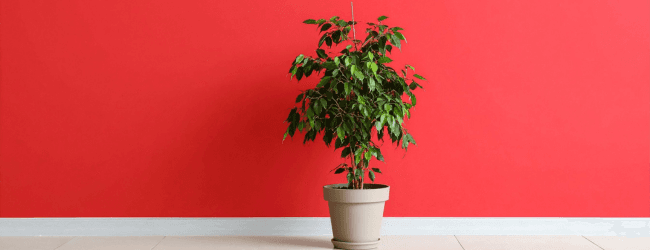- 5 October 2016
Stability Except For Property
The Reserve Bank of Australia left the official cash rate at 1.50% this week.
This was entirely in line with expectations, as there was little likelihood the new Governor, Philip Lowe, would act so soon in his term.
As the data continues to funnel through belatedly however, our view that the Australian economy was, if anything, firming, appears to be accurate. Australian Un-employment has now declined from 6.2% to 5.6%. The number really should be more like 4.6%. That said, at least it is trending in the right direction. This will be enough to alleviate some of the previous pressure that was on the bank in this regard, at least in their eyes.
Also GDP of 0.5% for the second quarter, though a little soft was really confirming a recent quarterly average of 0.7%. This is a GDP trend which really doesn’t warrant lower rates. It suggests the economy is running at around 2.8% to 3.3%, the over the year number, and this is clear albeit modest acceleration.
This does not mean that the current state of affairs is satisfactory. Not by any means. It does however suggest that any crisis pressures in the economy, other than long term under-supply in the housing industry, are being alleviated.
With official rates at 1.5%, even with our forecast low inflationary environment, there is not a lot of pressure on the new Governor of the RBA to risk placing a step wrong by taking any action at all.
The new Governor of the RBA will be the stand out “have nothing to do” Governor of all time.
Fortuitously inheriting the position untested, in the strange Australian way of just passing the baton within the bank, at a time when the global and Australian economies are both resurgent. Also at a historic moment, where for the first time, all economies can and are experiencing good growth appropriately accompanied by low inflation.
It is likely the official cash rate will remain at 1.5% for perhaps two years. Certainly for the next 12-18 months. This stability is likely to prove as supportive, or even more supportive of the property market, than actual rate cuts would have been. With rates so historically low, stability is now the more powerful aspect of interest rates.
It can only be highlighted again, that this all suggests an on-going positive economic outlook in perfect harmony with stable and low interest rates.
What we will continue to see, is strong property price gains in an environment of low inflation. In other words the impact of positive property price gains, in terms of wealth and the ability to enjoy life, will be greater than ever before.
Clifford Bennett
Related Posts

One in Four Aussies Are Reassessing Their Homes: What This Means for You in 2026
New Canstar research shows that many Australians are quietly reassessing their housing situation. According to the survey, more than one in four homeowners are considering their next move over the coming year. The figures vary across the states, with Queensland showing the highest proportion of people thinking about...

The Christmas Property Myths That Cost Investors Money
Every year the property market slows as people turn their attention to travel Christmas shopping and family time. With so much noise around the holidays it is easy for investors to absorb advice that sounds reasonable but has little basis in how the market actually works. Property Club continues to watch these...

Sydney Units Are Quietly Entering Their Next Growth Phase
Sydney is heading into another shift, but it is not happening in the prestige house market or the headline grabbing suburbs. The real movement is in well-located units sitting close to transport, education and major employment hubs. These are the properties renters line up for and the ones buyers turn to when house...